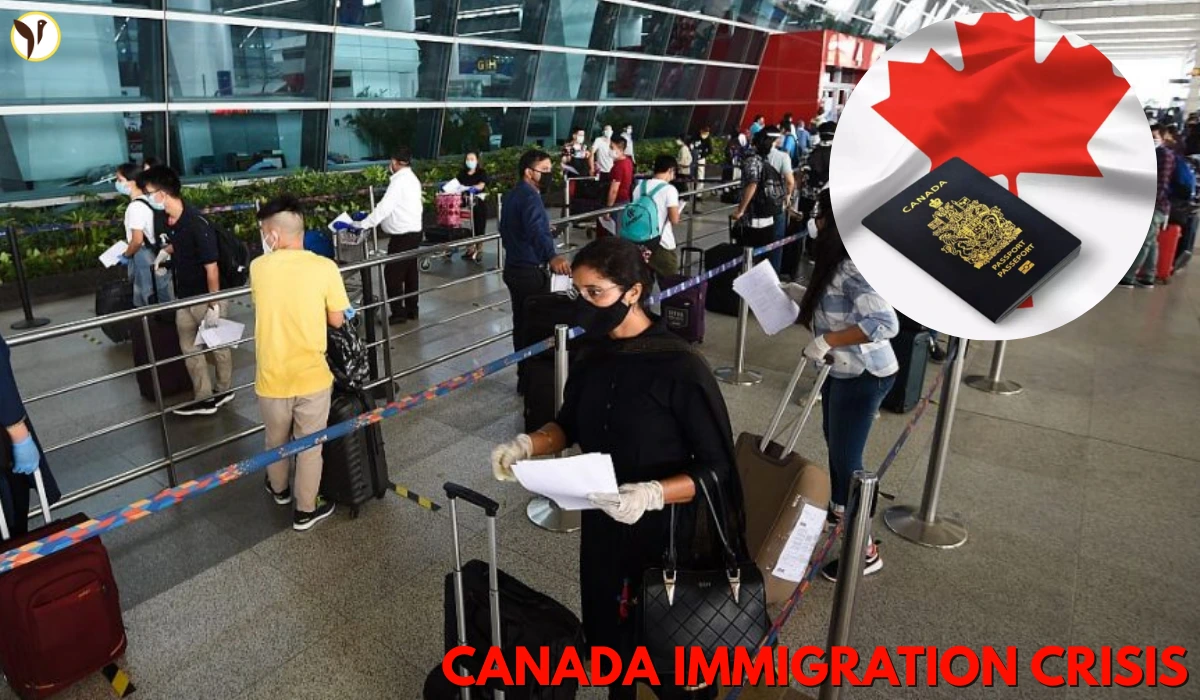The 2025 Spending Review, introduced by Chancellor Rachel Reeves, sets out a detailed plan for public spending from 2026–27 through 2028–29, with capital investment extending to 2030. Using a zero-based budgeting approach, each government department started from scratch and had to defend every pound spent. This contrasts with traditional budgeting, where departments build on previous allocations. The result is a fully costed spending plan that reflects current priorities rather than simply continuing legacy funding. In a time of tight financial constraints, this method helps guide investment toward areas like health, housing, defence, infrastructure, and future prosperity. Overall, spending totals £600 billion, with £113 billion in new capital investment—a clear sign the government is trying to balance urgent social needs with long-term economic growth.
Funding Gains: NHS, Defence, Housing, Science
Significant increases have been made in public services and infrastructure. The NHS will receive an extra £30 billion over three years to address patient backlogs, improve waiting times, and enhance primary care services such as GP access. In security, defence spending will rise to 2.5% of GDP by 2027, delivering better resources and modernisation to the army, navy, and air force. The review also dedicates £39 billion to social housing over a decade, drawing from the goal of building 1.5 million new homes—intended to ease the housing crisis and stabilize renting. Meanwhile, investment in science and technology is set to grow to £22.5 billion annually by 2030, paving the way for breakthroughs in AI, medicines, and clean energy. This commitment shows a desire to boost productivity and create future jobs.
Spending Cuts and Budget Pressures
Despite the headline investments, not all areas get more funding. The Home Office and many local councils will face tighter budgets. Some services may see budget reductions by up to 11% in real terms, forcing them to find savings or scale back. Local authorities in particular may have fewer resources to spend on essential services such as road maintenance, waste collection, and social care. These cuts raise concerns from local leaders and community groups, who argue such reductions could hurt day-to-day support for families. While the government emphasizes fiscal responsibility and debt control, this strategy may put pressure on front-line services and raise public concern if not managed carefully.
Possible Tax Changes and Risks
The Spending Review leaves limited flexibility for unpredictable costs. Analysts warn that any unexpected increases—for instance, NHS demand spikes, defence emergencies, or rising asylum support—could require funding beyond the planned budget. Experts at the Institute for Fiscal Studies have said that if spending overruns occur, tax increases or borrowing may be necessary, likely announced in the Chancellor’s next Autumn Statement. To reduce vulnerability, the government has restored some support—for instance, winter fuel payments for low-income pensioners—but overall the review maintains a tight budget. Critics argue that without additional revenue sources such as broader tax reforms or targeted levies, public finances may remain precarious.
Long-Term Vision: Growth and Infrastructure
Beyond immediate priorities, the Spending Review outlines a vision for a resilient and modern economy. Investment in regional transport includes £15.6 billion for city-region transit and £445 million for rail improvements in Wales—shaping more efficient commuting networks and reducing carbon impact. The Treasury has also updated its public finance guidelines to allow local authorities to make decisions that better match regional needs. This strategic push reflects a shift away from centralised funding toward empowering local communities. Additionally, capital investments in green infrastructure and digital systems aim to support long-term productivity and job opportunities, building a foundation for future prosperity across the UK.
Image Source: The Guardian









